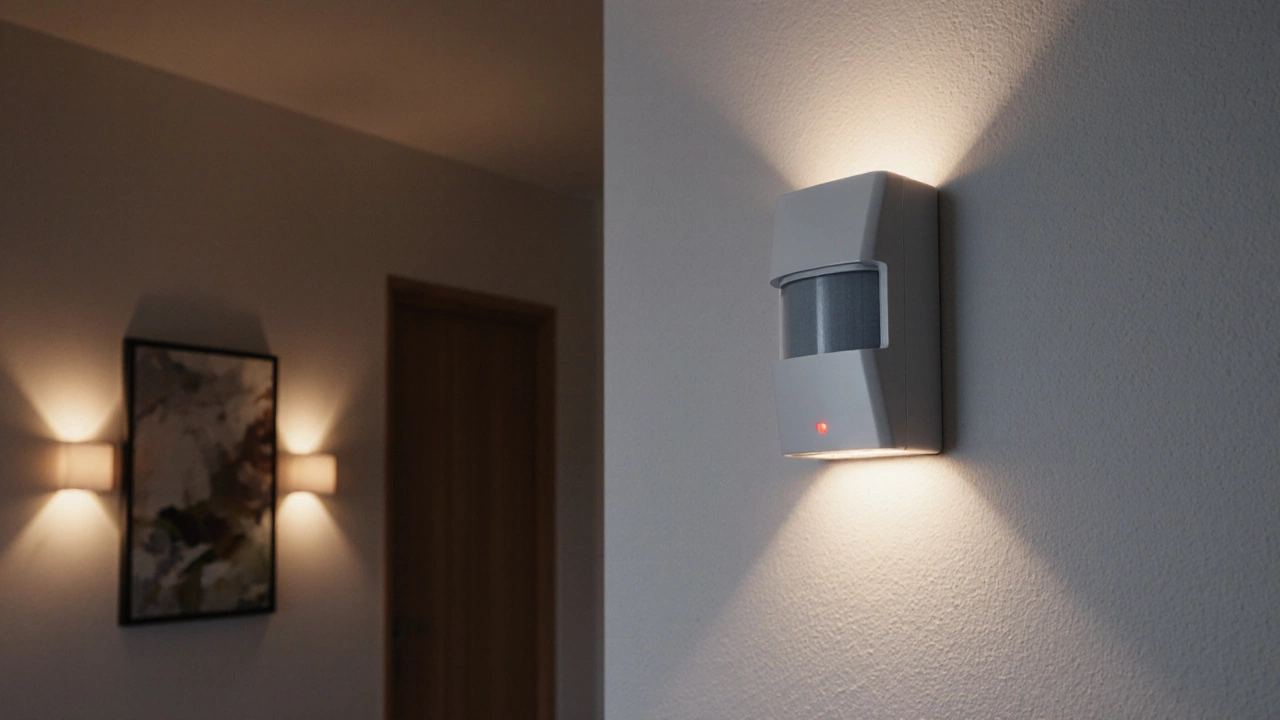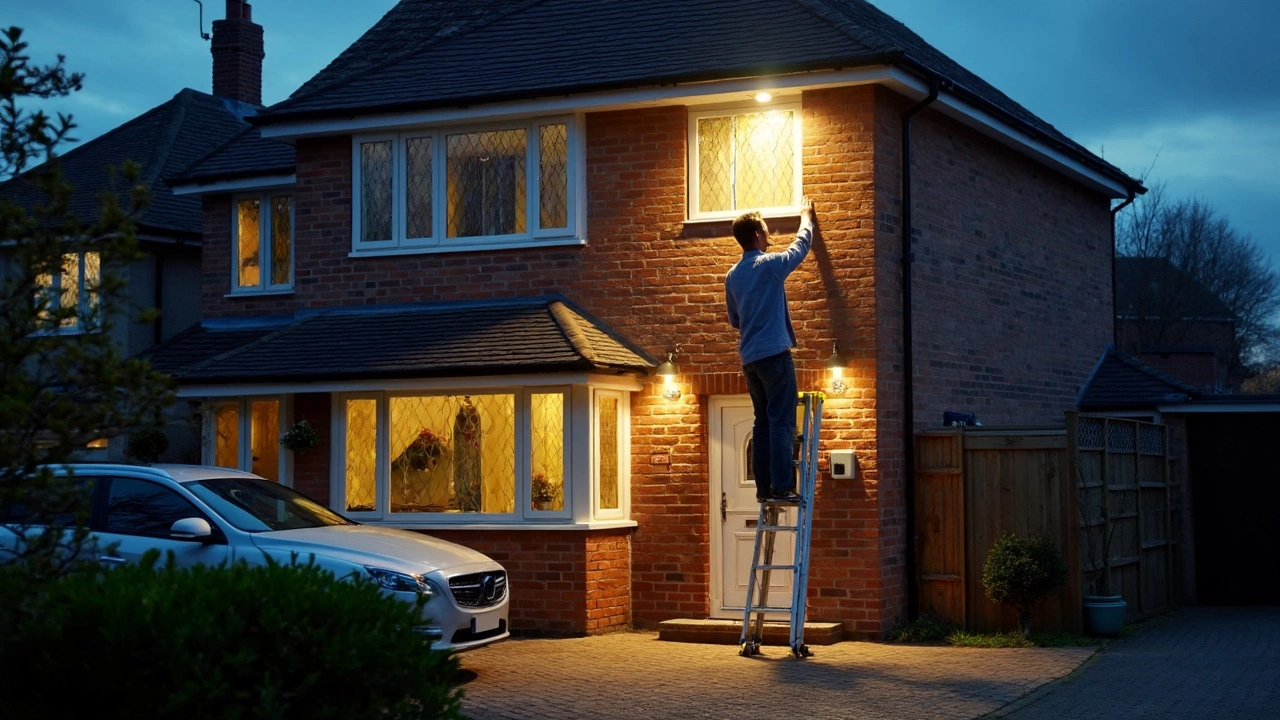Ever wonder why a simple sensor can make a big difference in keeping your house safe? Motion sensors detect movement and trigger alerts, lights, or alarms, giving you a fast heads‑up when something’s out of place. They’re cheap, easy to install, and work with most security kits, so you can start protecting every room without a big overhaul.
Most home sensors use either passive infrared (PIR) technology or microwave radar. PIR units sense the heat from a person’s body and ignore static objects like furniture. Microwave sensors send out radio waves and listen for changes in the reflected signal. Both types send a signal to your alarm panel or smart app the moment they spot motion.
Because they’re designed to ignore small temperature shifts, they’re reliable even when the sun hits a wall or a pet moves around. You can also adjust sensitivity, so the sensor ignores pets under a certain weight but still reacts to a person.
Here are three practical ways to use motion sensors:
Installation is usually a matter of mounting the device on a wall or ceiling, connecting it to power (or using a battery), and pairing it with your hub. Most systems guide you through the process on the app, so no electrician is needed.
When you choose sensors, think about where you need coverage. Entry points like doors and windows are obvious spots, but corners, stairways, and even basements benefit from extra eyes. If you have pets, look for a sensor with pet immunity or set a weight threshold.
Motion sensors also play nicely with professional monitoring services. If a sensor trips, the service can call you, contact emergency responders, or both. That extra layer means you’re not relying on a single device; you have a whole network watching your property.
Overall, motion sensors are a simple upgrade that boosts the effectiveness of cameras, alarms, and lighting. They give you early warning, help you save on video storage, and make your home look lived‑in even when you’re away. Start with a few key locations, test the settings, and expand as you get comfortable. You’ll notice the peace of mind that comes with knowing every movement is being watched.

Discover the three main motion sensor types-PIR, microwave, and ultrasonic-along with their pros, cons, and best use cases for home security.

Worried your cat will set off SimpliSafe? This expert guide busts myths and shares real tips so pet owners can secure their homes without false alarms.

Curious about how high to set your security lights for the best coverage? This article explains the ideal height for different types of outdoor security lights, why it matters, and how it keeps your property safer. We break down practical tips and real-life mistakes to avoid. Learn how to outsmart both intruders and annoying false alarms, plus a few tricks that might surprise you. Get the facts before climbing that ladder.